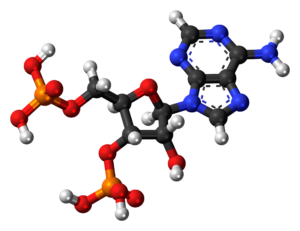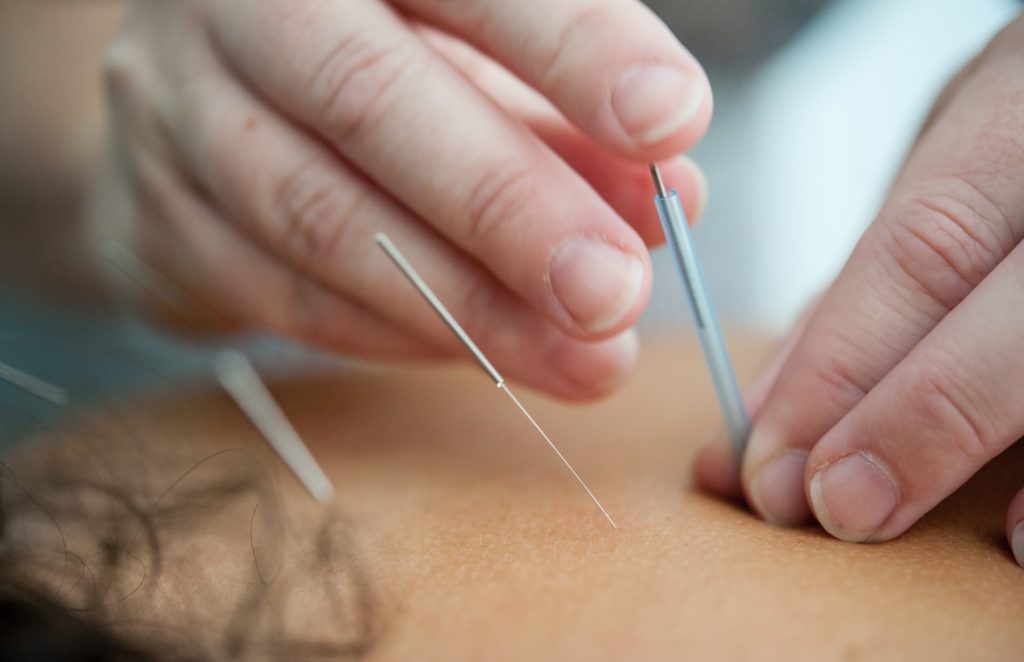Acupuncture works in multiple ways. Research into different mechanisms helps us understand how acupuncture helps with pain relief. One of these mechanisms is through the release of adenosine.

What is Adenosine?
Adenosine is a chemical compound found inside of humans. It exists in the body as adenosine, as well as in three other forms: AMP, ADP, and ATP. This molecule is used as a modulator for different systems or pathways. It does this by upregulating or downregulating specific receptors. Now that we know what adenosine is, how does adenosine relate to acupuncture and pain?
Adenosine Effects on Pain
Adenosine has analgesic effects or more specifically anti-nociceptive effects. That is to say, adenosine is pain relieving. Scientists have found adenosine receptor expression causes these pain blocking effects. This specific receptor expression occurs in the presence of adenosine. Research is ongoing in this area to help pain patients, especially those with chronic pain.
How Does Acupuncture Release Adenosine?
Insertion of acupuncture needles creates a mechanical stimulus (and electrical stimulus in the case of electroacupuncture). This stimulus creates a release of adenosine, which acts on the associated receptor creating an anti-nociceptive effect.
TLDR on How Acupuncture Works
Acupuncture’s mechanical stimulus causes an increase in adenosine. Adenosine acts on specific adenosine receptors resulting in pain suppression. Therefore, acupuncture works to decrease pain sensation by modulating adenosine.

Want To Learn More?
Stay tuned for more blog posts on the mechanisms of acupuncture. Acupuncture is a great option for painful injuries or conditions related to muscles, joints, tendons, or nerves like low back pain, shoulder pain, tension-type headaches, and migraines.
In addition to acupuncture, Dr. Judith provides manual therapy, rehabilitation therapy, and custom orthotics. Have any questions or want to book an appointment? Send an email or book online!
Sources
Acupuncture Photo by Katherine Hanlon on Unsplash
Goldman N, Chen M, Fujita T, Xu Q, Peng W, Liu W, Jensen TK, Pei Y, Wang F, Han X, Chen JF, Schnermann J, Takano T, Bekar L, Tieu K, Nedergaard M. Adenosine A1 receptors mediate local anti-nociceptive effects of acupuncture. Nat Neurosci. 2010 Jul;13(7):883-8. doi: 10.1038/nn.2562. Epub 2010 May 30. PMID: 20512135; PMCID: PMC3467968. (PubMed)
Luongo L, Guida F, Maione S, Jacobson KA, Salvemini D. Adenosine Metabotropic Receptors in Chronic Pain Management. Front Pharmacol. 2021 Apr 16;12:651038. doi: 10.3389/fphar.2021.651038. PMID: 33935761; PMCID: PMC8085424. (PubMed)
Takano T, Chen X, Luo F, Fujita T, Ren Z, Goldman N, Zhao Y, Markman JD, Nedergaard M. Traditional acupuncture triggers a local increase in adenosine in human subjects. J Pain. 2012 Dec;13(12):1215-23. doi: 10.1016/j.jpain.2012.09.012. PMID: 23182227; PMCID: PMC3587733. (PubMed)
Zylka MJ. Pain-relieving prospects for adenosine receptors and ectonucleotidases. Trends Mol Med. 2011 Apr;17(4):188-96. doi: 10.1016/j.molmed.2010.12.006. Epub 2011 Jan 13. PMID: 21236731; PMCID: PMC3078941. (PubMed)
